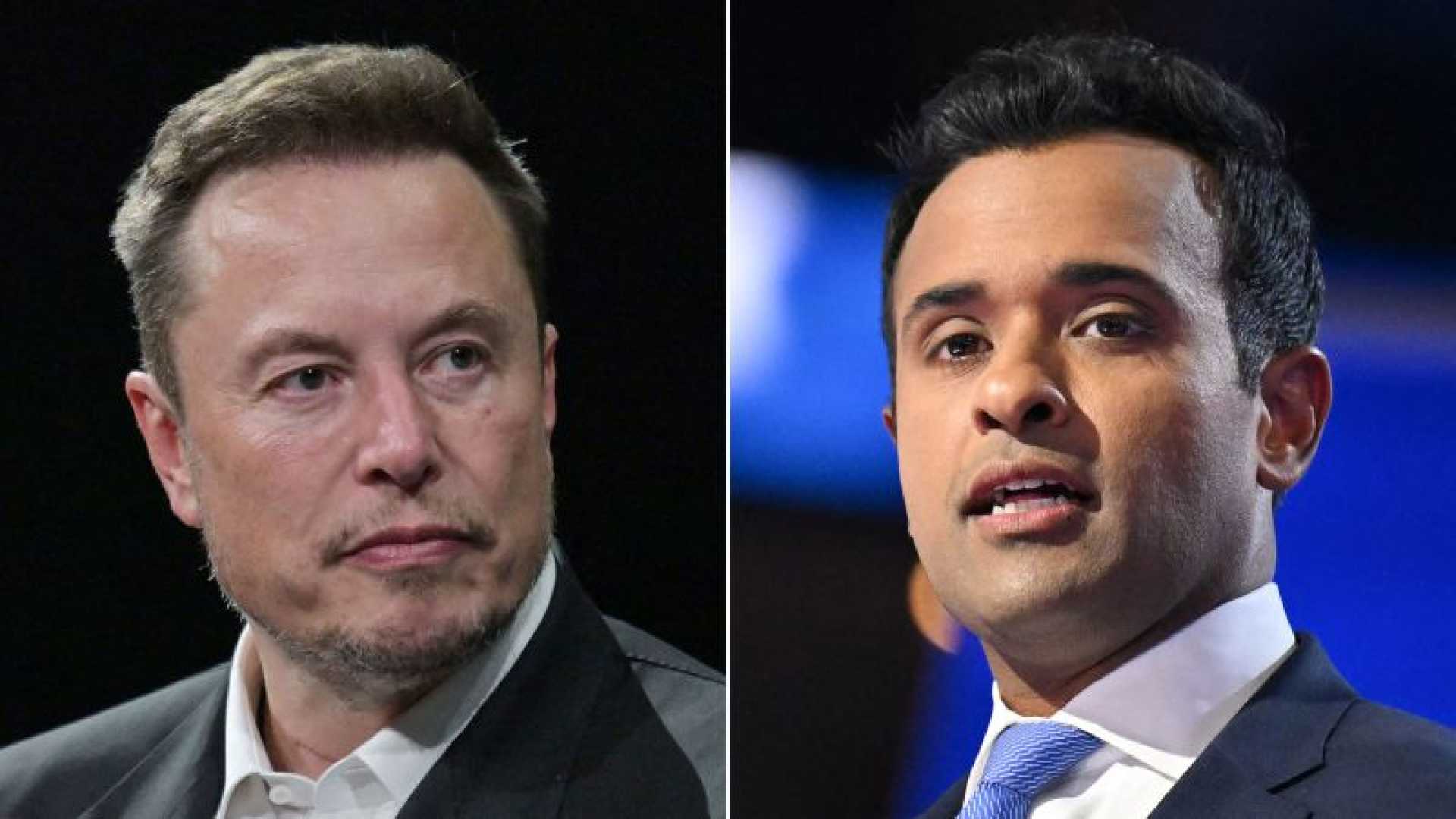Politics
Elon Musk’s Departure Raises Questions for Government Efficiency Efforts

WASHINGTON, D.C. — Elon Musk’s influence in President Donald Trump’s administration is waning, yet the Department of Government Efficiency (DOGE) continues to advance its initiatives in the federal government. Since its inception less than four months ago, DOGE has integrated itself into various agencies, modernizing outdated software systems and pushing for a federal database aimed at speeding immigration enforcement.
The current team, made up of both temporary and long-term staffers, is set to remain in place for an extended time, with sources indicating they are not likely to leave anytime soon. “There are so many of Elon’s people in already and they are not leaving, so the chaos will continue and nothing will change,” said a General Services Administration employee familiar with the agency’s operations.
During the first 100 days of Trump’s presidency, DOGE has significantly reshaped the federal workforce, with at least 121,000 federal workers targeted for layoffs, and thousands more opting for buyouts. Employees have expressed feelings of confusion and upheaval, with some being forced to relocate to maintain their positions amid ongoing program cuts and reinstatements due to legal challenges.
Bradley Humphreys, a trial attorney at the Justice Department, mentioned in March that the mission of DOGE has been difficult to define amid legal and political battles. The dynamics are changing now that Musk is stepping back from his direct role, leaving some officials concerned about the future direction of DOGE, particularly regarding potential conflicts with Cabinet secretaries.
Already, secretaries like Marco Rubio and Scott Bessent have shown resistance to DOGE’s perceived encroachment on their authority. While Musk was a focal point for criticism, his absence could simplify some aspects of DOGE’s operation, as noted by a senior agency official who works closely with DOGE.
Despite the chaos, Republican Representative Rich McCormick expressed skepticism that DOGE’s operations would change much without Musk’s spotlight, predicting less publicity but continued momentum. “It won’t be quite maybe so publicized,” McCormick said.
Initially, Musk was heavily involved in crafting DOGE’s goals, often operating from the Eisenhower Executive Office Building. He focused on various initiatives, with a mixture of significant goals and whimsical ideas often sourced from trending topics online.
As his automotive company Tesla faced challenges, Musk’s influence within the White House appeared to decline as attention shifted to Trump’s economic agenda. However, Musk has indicated he will continue to contribute to government efforts, although in a diminished capacity.
White House spokeswoman Karoline Leavitt reassured that the mission to cut waste, fraud, and abuse would persist even after Musk’s departure. “DOGE employees who onboarded at their respective agencies will continue to work with President Trump’s cabinet to make our government more efficient,” Leavitt stated.
As of now, the specific size and scope of DOGE’s workforce remain ambiguous, with an administration official describing it as “substantial.” Musk himself had previously estimated the team to consist of about 100 staff members, with aspirations to double that number.
Meanwhile, DOGE employees have begun to transition into more traditional positions across various agencies. The spread of DOGE officials into senior leadership is noted, with many holding significant roles within key departments.
Federal programs have faced substantial reductions under the influence of DOGE personnel, causing concern and distrust among federal employees. Many are apprehensive about the agency’s new trajectory, with statements from the Comptroller indicating some improvements in detecting fraud, despite ongoing challenges posed by DOGE’s aggressive approach.
As the agency rolls out projects like the “Are You Alive?” initiative to combat improper payments, the perception of DOGE as a disruptive force has solidified among federal employees. Protests have erupted outside various agency headquarters, reflecting public dissent against the ongoing cuts.
With Musk’s steps back, some members of Congress, particularly from the Democratic side, have shifted their focus from Musk to the broader implications of DOGE’s influence and decisions, aiming to spotlight the administrative changes that continue to unfold in his absence.
The future remains uncertain for both DOGE and the federal workforce affected by its actions. As the Trump administration gears up for further shifts, the impact of Musk’s initial initiatives will likely linger in the form of institutional changes and ongoing public scrutiny.












